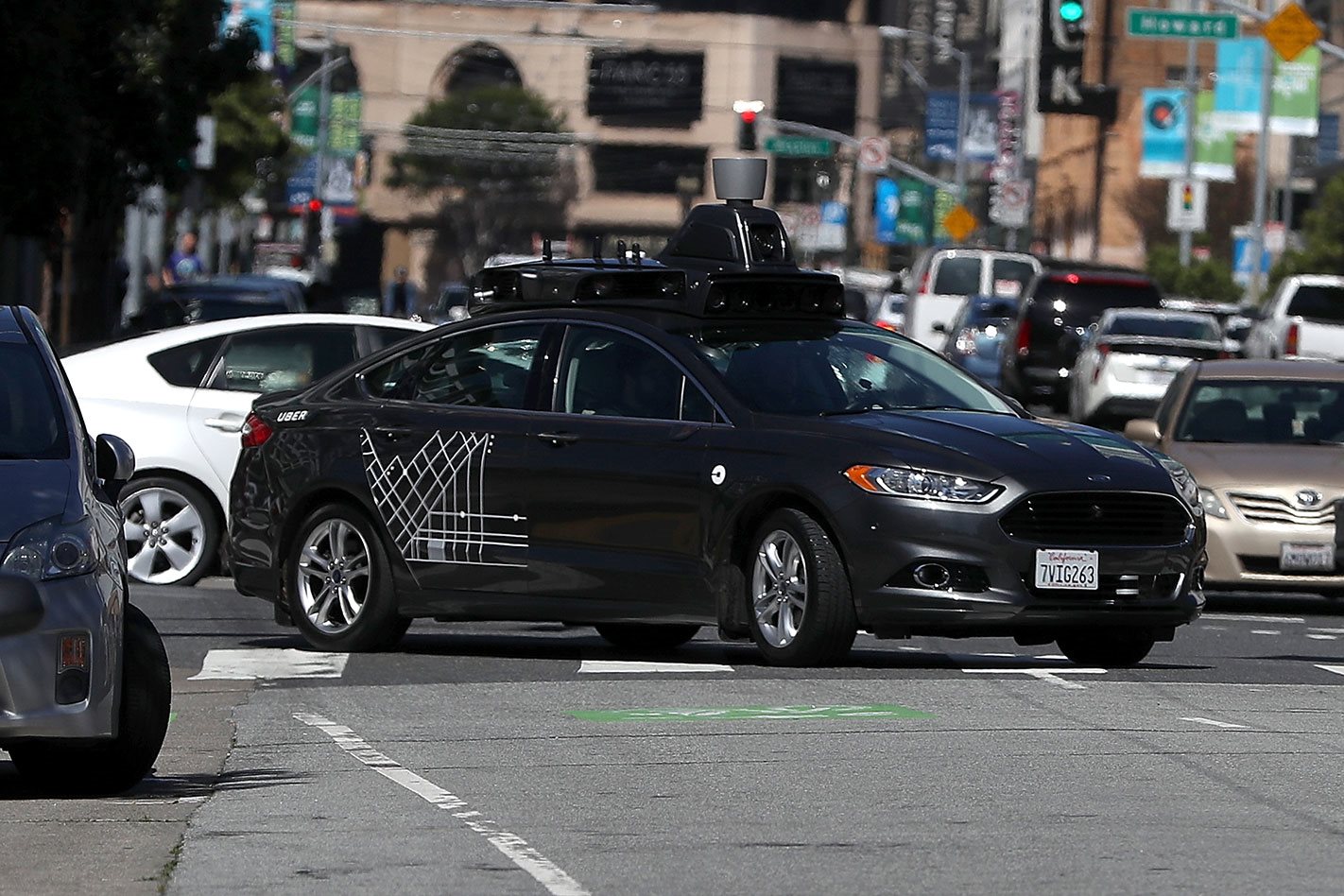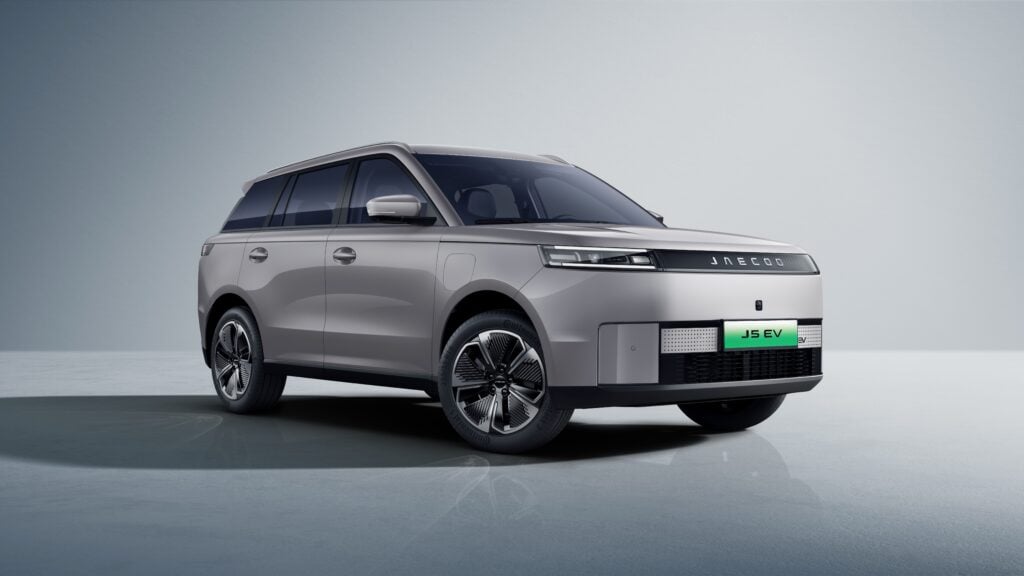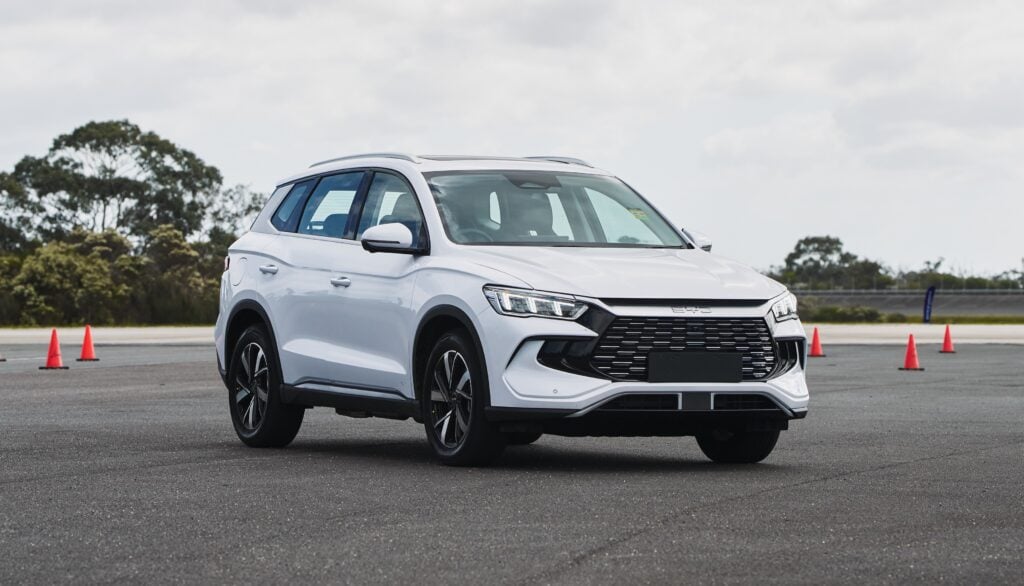THE current crop of autonomous cars are bad for the environment, a recent study into the technology from the University of Michigan has found.
The study, carried out by the university’s Centre for Sustainable Systems found the added weight and aerodynamic drag created by autonomous cars were “significant contributors to their lifetime energy use and greenhouse gas emissions”.
However, trade that off against all the fuel savings that an autonomous cars are expected to make, and over their lifetime the energy use and greenhouse gas emissions improve by around nine percent over conventional cars, it says.
“Our findings highlight the need to focus on energy efficiency when designing autonomous vehicles so that the full environmental benefits of this emerging, transformative technology can be realised,” the Ford-sponsored study’s co-author, Gregory Keoleian, said.
“We hope this work contributes to a more sustainable mobility ecosystem.”
The study takes into account the extra computing power that Level Four self-driving cars – the ones capable of operating without a driver behind the wheel in most circumstances – need to read the world around them, as well as the aerodynamic drag from all the sensors they need to mount up high to make a virtual map of the world around them.
Of note, though, the study found that the efficiency of autonomous electric vehicles far outshone their petrol-engined equivalents by up to 40 percent. This was largely put down to all the extra weight that the internal combustion engined versions of the cars had to move, dramatically sapping fuel efficiency.
In terms of added weight and energy use, the average scenario used in the study called out the 200 watt onboard computer system as the biggest contributor to greenhouse emissions, contributing to up to 45 percent of the vehicle’s weight, using 80 percent of the power, and contributing to 43 percent of the emissions.
Another significant drain was the wireless connection used to update the data needed for the mapping software to check where the vehicle was in the physical world.
“…If the onboard computers require a lot more power than the 200 watts modeled in this study, the net emissions reductions are eliminated,” the study noted. It also said the electronic sensors needed for autonomous cars had to shrink even smaller than today’s bulky components to gain the most environmental benefits.





